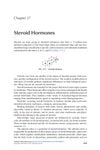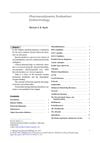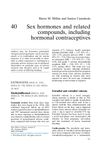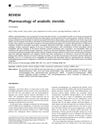Gonadal Sex Steroids: Production, Action, and Interactions in Mammals
November 2012
in “
InTech eBooks
”
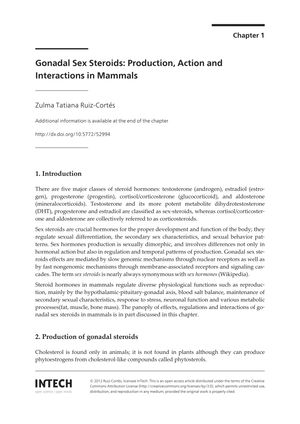
TLDR The document concludes that sex hormones are crucial for mammalian reproduction, health, and behavior, and require more research for therapeutic use.
The document from 2012 provides a comprehensive overview of gonadal sex steroids in mammals, detailing their synthesis from cholesterol, their roles in sexual differentiation, secondary sex characteristics, sexual behavior, and their complex regulation. It discusses the therapeutic uses and risks of androgens and anabolic steroids, the importance of estrogens and progestogens in the reproductive cycle, and the control of reproduction via the hypothalamic-pituitary-gonadal axis. The document also examines the reproductive cycles in females, the role of testosterone in spermatogenesis in males, and the molecular pathways of sex steroids in target tissues, including genomic and non-genomic actions. It highlights the complexity of puberty onset, the role of follicular steroids in oocyte maturation and fertilization, gestation, parturition, and postpartum periods, citing a study with 55 women on hormonal profiles predicting oocyte fertilization success. Additionally, it discusses the multifactorial effects of peripartum on sex steroid production, the role of sex steroids in lactation, menopause, andropause, and their impact on health, including cognitive function and the potential benefits of hormone replacement therapy. The document also explores the effects of sex steroids on energy homeostasis, cardiovascular health, brain function, bone turnover, and the need for further research on their molecular pathways and therapeutic applications.
